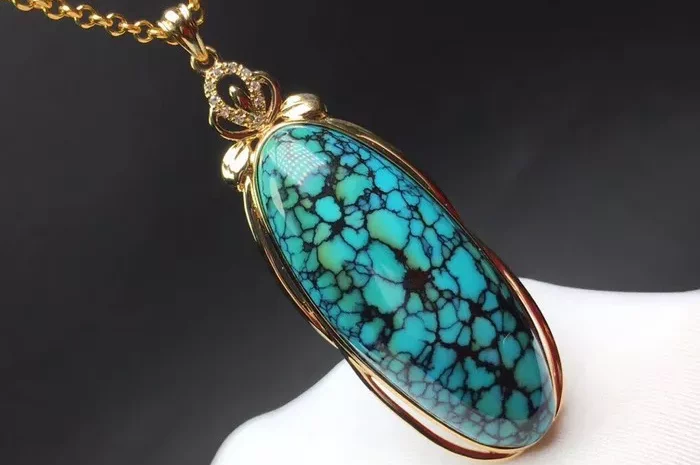Turquoise, with its captivating hues ranging from sky blue to greenish-blue, has been cherished for centuries for its beauty and spiritual significance. However, amidst its allure lies a question that often intrigues both enthusiasts and investors alike: Is turquoise rare? To answer this question comprehensively, we delve into the understanding of turquoise, explore its various types, discuss factors influencing its rarity, and finally, address the overarching question of its scarcity.
Understanding Turquoise
Turquoise is a mineral composed of copper, aluminum, and phosphate. Its distinctive blue-green coloration comes from the presence of copper, while variations in shade and intensity can be attributed to factors such as iron content and the presence of other minerals. This gemstone is typically found in arid regions where copper-rich groundwater interacts with aluminum-containing rocks over millions of years, resulting in the formation of turquoise deposits.
Types of Turquoise
Turquoise occurs in several forms, each with its own unique characteristics and origins:
Natural Turquoise: Mined directly from the earth, natural turquoise is prized for its authenticity and organic beauty. It is formed through the gradual deposition of minerals in host rocks, often in association with copper deposits.
Stabilized Turquoise: To enhance durability and color consistency, some turquoise undergoes stabilization processes. This involves impregnating the stone with a clear resin or epoxy to strengthen its structure and prevent discoloration over time.
Treated Turquoise: In certain cases, turquoise may undergo treatments such as dyeing or irradiation to alter its color or improve its market appeal. While these treatments can enhance the stone’s appearance, they may also diminish its value compared to natural or stabilized turquoise.
Reconstituted Turquoise: This type of turquoise is composed of small fragments or powder of natural turquoise that are mixed with binding agents to form a cohesive material. While reconstituted turquoise can resemble natural stone, it is considered less valuable due to its synthetic composition.
Factors Affecting Rarity
Several factors contribute to the rarity of turquoise, influencing both its availability and market value:
Geological Conditions: The formation of turquoise relies on specific geological conditions, including the presence of copper-rich rocks, suitable host formations, and arid environments conducive to mineral deposition. Regions such as the southwestern United States, Iran, and China are renowned for their turquoise deposits, but even within these areas, finding high-quality turquoise can be challenging.
Quality and Color: The rarity of turquoise is closely tied to its quality and color. Stones with vibrant, evenly distributed hues of blue or green command higher prices, especially if they exhibit desirable secondary characteristics such as matrix patterns or spiderweb veining. Conversely, turquoise with dull or inconsistent coloration is more common and less valuable.
Size and Clarity: Larger, well-formed turquoise specimens are less common than smaller fragments or nodules. Additionally, stones with minimal inclusions or flaws are considered more valuable due to their higher clarity and visual appeal.
Mining Practices: The sustainability and ethics of turquoise mining can also impact its rarity. Irresponsible mining practices, such as overexploitation of deposits or environmental damage, can deplete turquoise resources and diminish the availability of high-quality specimens over time.
Is Turquoise Rare?
While turquoise is not as scarce as some precious gemstones like diamonds or emeralds, truly exceptional specimens are relatively rare. Factors such as geological rarity, quality, and ethical sourcing contribute to the overall scarcity of desirable turquoise varieties. Natural, untreated turquoise of exceptional color and clarity commands the highest prices among collectors and connoisseurs due to its scarcity and inherent beauty.
In conclusion, while turquoise may not be as rare as some gemstones, its scarcity should not be underestimated. As demand for high-quality turquoise continues to rise, ensuring sustainable mining practices and ethical sourcing becomes increasingly important to preserve this cherished gemstone for future generations to enjoy.
Whether adorning jewelry, adorning art pieces, or serving as a symbol of cultural significance, turquoise remains a timeless treasure worthy of admiration and preservation.


